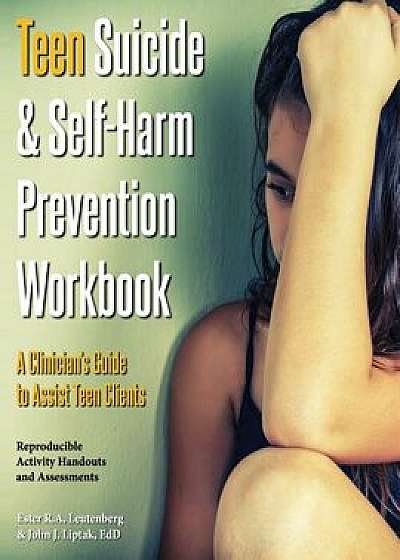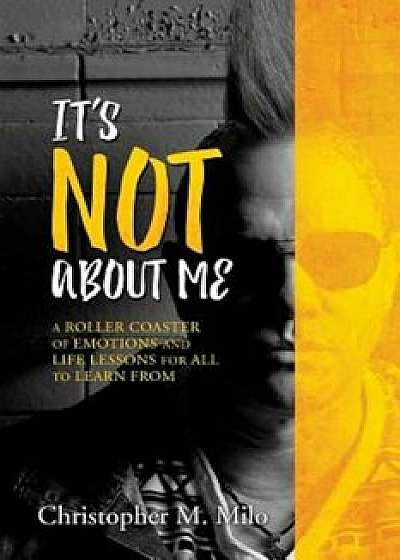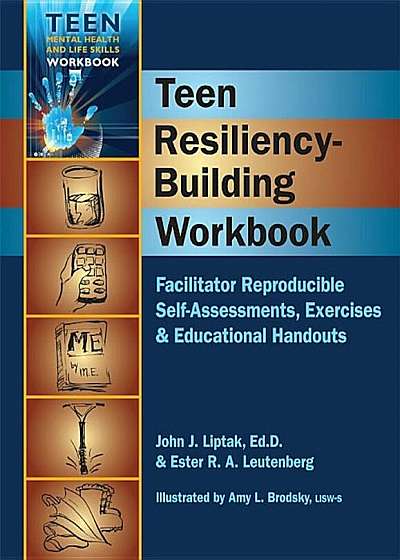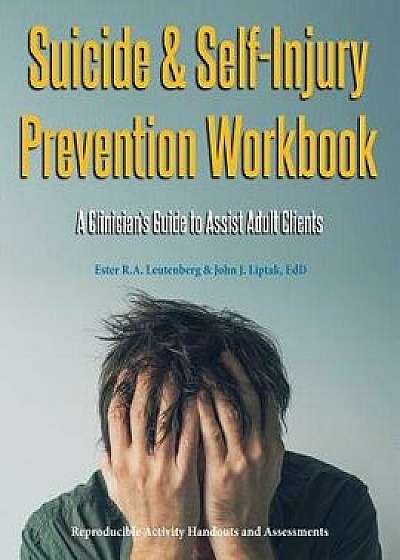
Teen Suicide & Self-Harm Prevention Workbook: A Clinician's Guide to Assist Teen Clients, Paperback/Ester R. a. Leutenberg
Descriere
Description Includes PDF worksheets The Teen Suicide and Self-Harm Prevention Workbook is a proactive approach to dealing with the many characteristics that may prompt teens to experience self-harm and/or suicide ideation. Designed to be used with clients in the care of a trained clinician, the purpose of this workbook is to provide you with information and tools that build upon each other to help your clients manage thoughts, feelings, and behaviors related to self-harm and suicide. This workbook is a practical, step-by-step guide to present a detailed understanding of the context in which self-harm and suicide play out in a person s life, warning signs and risk factors experienced by people suffering with thoughts and actions of hurting themselves, ways to prevent suicide ideation, and methods for finding a healthy support network. Most importantly, our goal for this workbook is to help clients recognize that many other people have many of the same issues, to which NO shame is connected, and self-harm and/or suicide is definitely not the answer to their problems. Free PDF Download of the assessment tools and all of the reproducible activities in this workbook, details inside. The pages of this workbook can be used in a variety of ways: Activities can be used with individual clients alone, in pairs, or in a very small group. If there is more than one person, the activities can be completed individually and then shared with each other, as long as all of the participants are comfortable doing so. Individual clients or small group members can complete the activities with the help of a clinician, if needed. When utilizing this approach, clinicians will also help their clients process their responses to the various activities they have completed. Small group members can utilize the activities as part of the therapeutic process. When using this approach, they can process the information together with other group members to help achieve commonality and optimal results. If there







